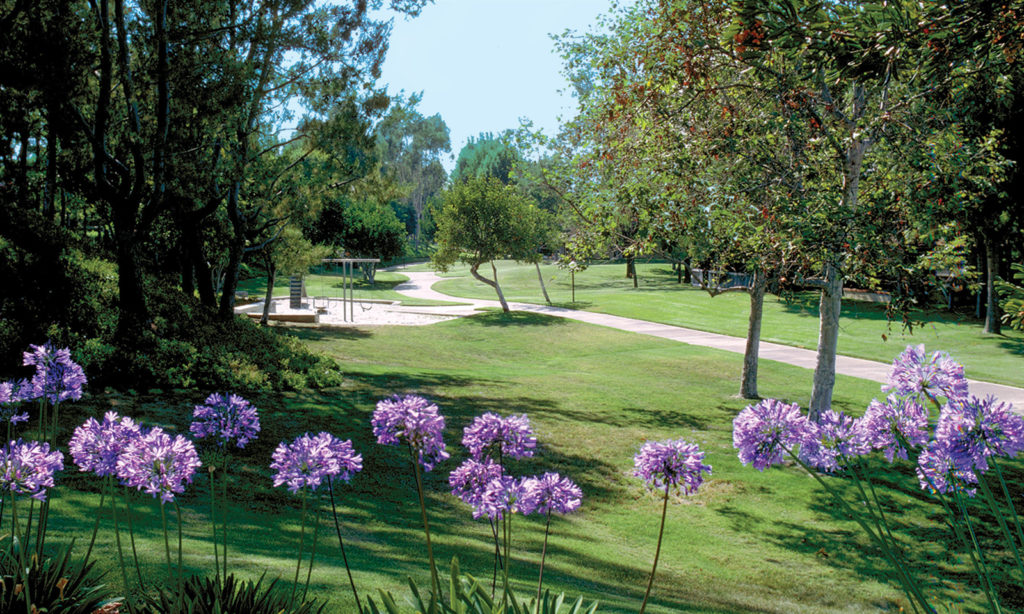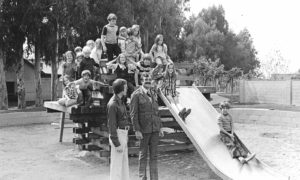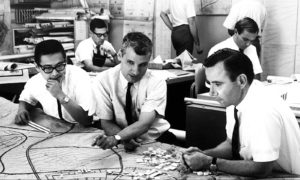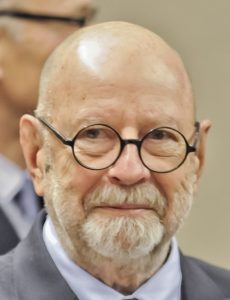
Long before Peter Walker helped design New York City’s September 11 memorial, Stanford University Medical School and the U.S. Embassy in Beijing, he joined the team that planned Irvine’s first village.
More than 50 years later, you can still see the qualities that set Walker’s design apart from every other suburban neighborhood at the time.
“It was such an exciting time,” Walker recently told the Irvine Standard. Walker was hired in 1965, less than a decade after earning his master’s degree from Harvard’s Graduate School of Design and partnering with a former professor, Hideo Sasaki.
Irvine Company planner Al Treviño’s confidence in the young landscape architect’s work soon paid off. The Company was so pleased that it hired Walker’s firm to plan Woodbridge Village a few years later.
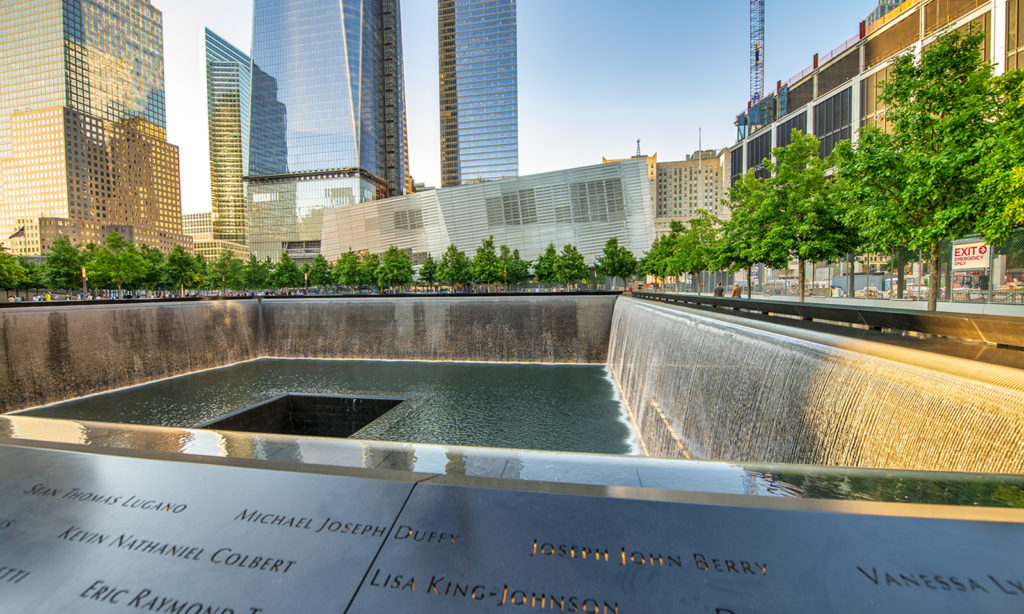
A daring idea for suburban development
Walker and his colleagues tested innovations such as reducing lot sizes, clustering homes into rows of townhouses, and eliminating side yards, while collecting the land that was left over into broad greenbelts that were common property. There was room for pools and playgrounds that everyone could use.
It was a daring idea for suburban development in that era.
“They were ambitious about what could be done,” Walker said of his colleagues, “and it ended up changing the kind of development we had in Southern California.”
Walker designed the greenbelts so that every home looked out onto broad, grassy spaces threaded with walking trails, sculpted into pleasing topographies, and landscaped with handsome trees.
Today, University Park’s greenbelts have matured into a magnificent park-like setting with vistas everyone can enjoy. Many of Walker’s ideas are now common in suburban development, in and outside California. But Irvine was the leader in introducing them in its Master Plan. Making excellent design a priority has resulted in decades of high-quality living.
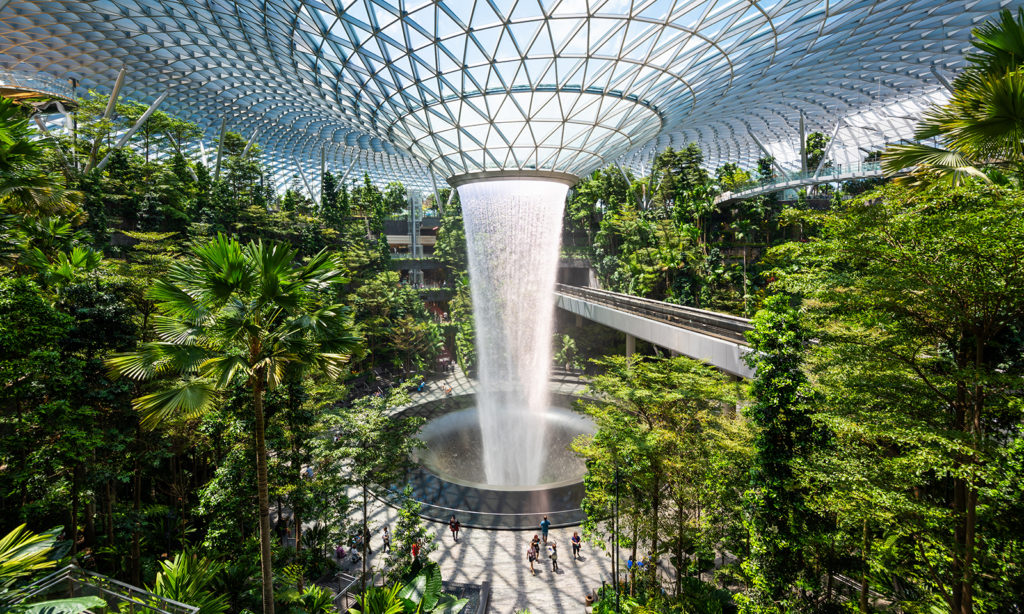
Irvine resident Alan Hess has authored 20 books on architecture and community planning and is researching another on the Irvine Master Plan. He is an architect, a commissioner on the California State Historical Resources Commission, and was a National Arts Journalism Program Fellow at Columbia University’s School of Journalism.

